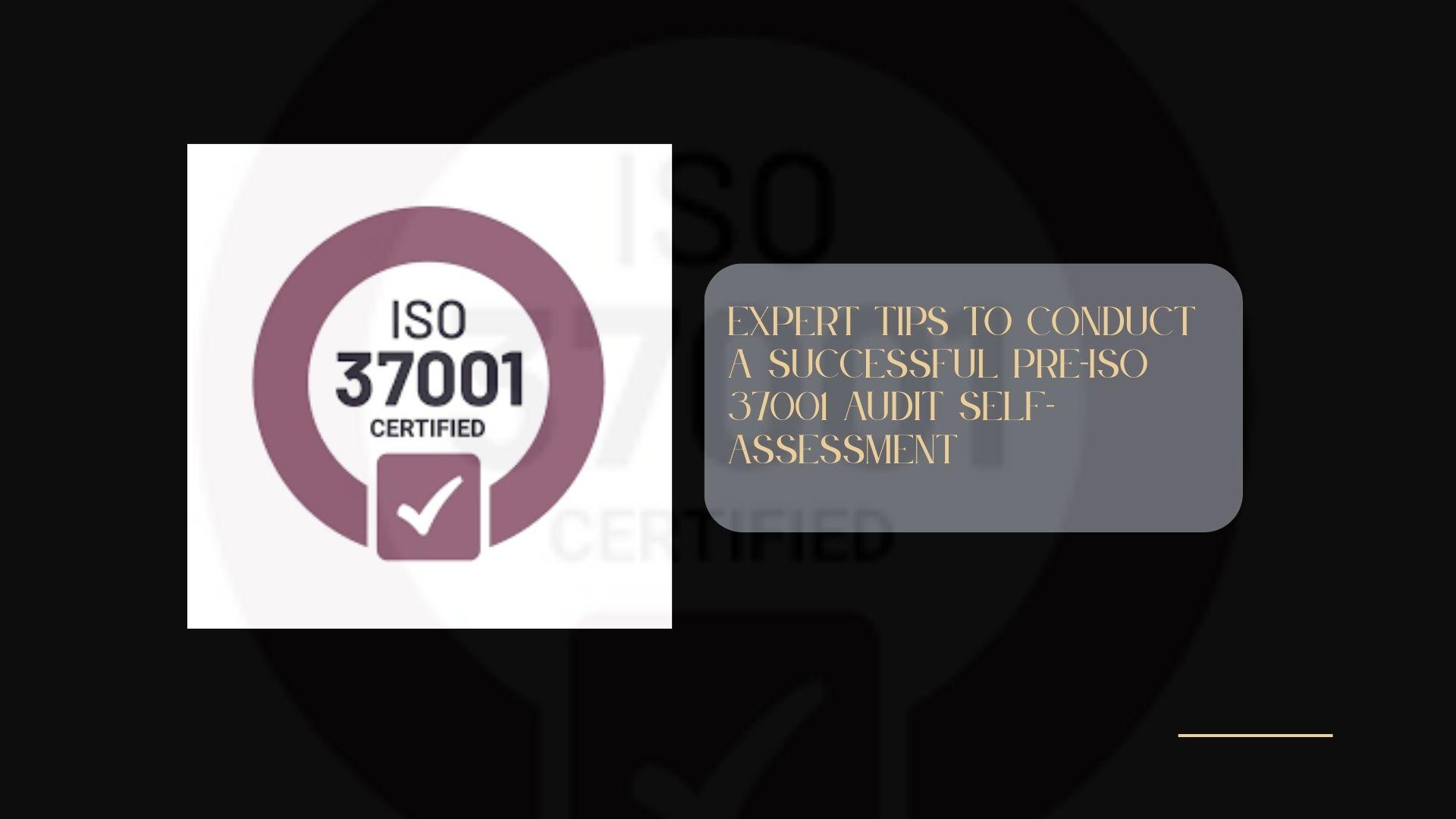Organizations that aim at obtaining ISO 37001 certification appreciate the need to uproot the risk of bribery and enhance anti-corruption efforts. A wise way of guaranteeing a smooth audit is to have a proper pre-ISO 37001 audit self-check. This forward-looking initiative will contribute to detecting gaps in compliance measures, simplifying paperwork, and maximizing overall readiness. Experts have provided the following tips to help you make your self-assessment successful and stress-free.
1. Understand the Scope of ISO 37001
Before venturing into your assessment, one has to appreciate what ISO 37001 shall require. This anti-bribery management system (ABMS) standard sets out the policies, procedures, and controls for preventing, detecting, and responding to bribery risks. Your self-assessment should reflect the shape of the standard, including such aspects as:
Anti-bribery policy implementation
Risk assessments and due diligence
Financial controls and monitoring
Reporting mechanisms and investigations
Training and awareness programs
Being aware of what is expected would help you in realigning internal effort with ISO 37001 audit points.
2. Review Existing Policies and Procedures
An excellent self-assessment begins with reviewing things that are there. Revisit your anti-bribery policies, training material, as well as supplier contracts and third-party due diligence processes. Are they well put and regularly revised, and practiced?
Take note of the old and missing documents. Keep in mind that if an ISO 37001 audit takes place, it will be paid particular close attention to the effectiveness of anti-bribery controls in the processes of your organization, rather than what is written on paper.
3. Map Roles and Responsibilities
One of the common traps is an undefined responsibility. In the course of your self-assessment, find out who is responsible for implementing, checking, and enhancing your anti-bribery scheme. Is there such an office of the compliance officer? Are employees educated on what to look out for and report?
Advanced clarification of roles promotes accountability and readiness when it comes to answering questions the auditors may have.
4. Conduct a Risk-Based Gap Analysis
ISO 37001 requires a risk-based approach. Take into account the requirements of your industry as well as the local context to check your organization’s bribery risk. After that, compare your present controls with the requirements and find any differences.
Ask yourself:
Do you thoroughly look into the background of high-risk vendors or third parties?
Are you keeping a record of each gift, entertainment interaction, and charitable donation?
Is whistleblower protection clearly defined?
Find out about gaps early so you have time to put fixes in place ahead of your ISO 37001 audit.
5. Simulate an Internal Audit
Use your self-assessment as if it were a real audit. Simulate the real audit by using ISO 37001 to guide your interviews, document checks, and collection of supporting proof. Include important staff members and ask them in-depth questions to assess how well the system is being used.
By doing this, you will gain more confidence and find issues that might not be apparent otherwise.
6. Document Everything
A lot of organizations forget how important documentation is in getting audit ready. Always keep accurate records and store them so they are accessible when asked for during the audit. Make sure you have clear records because auditors do not rely on assumptions.
Make sure all your files are sorted in a way that makes them simple to present to auditors. Properly documented self-assessments show auditors that you take compliance seriously and help everything go faster during the formal audit.
Conducting a self-assessment helps you go beyond bare compliance; it’s a valuable way to build up your anti-bribery defenses before the professional ISO 37001 audit begins. If you implement these helpful suggestions, your organization will boost its readiness, react early to any challenges, and solidify its adherence to ethical and international compliance values.
Author Bio - Utilizing his prior experience in this field, the author has curated this blog to help the readers understand how to conduct a self-assessment before a professional ISO 37001 audit.



